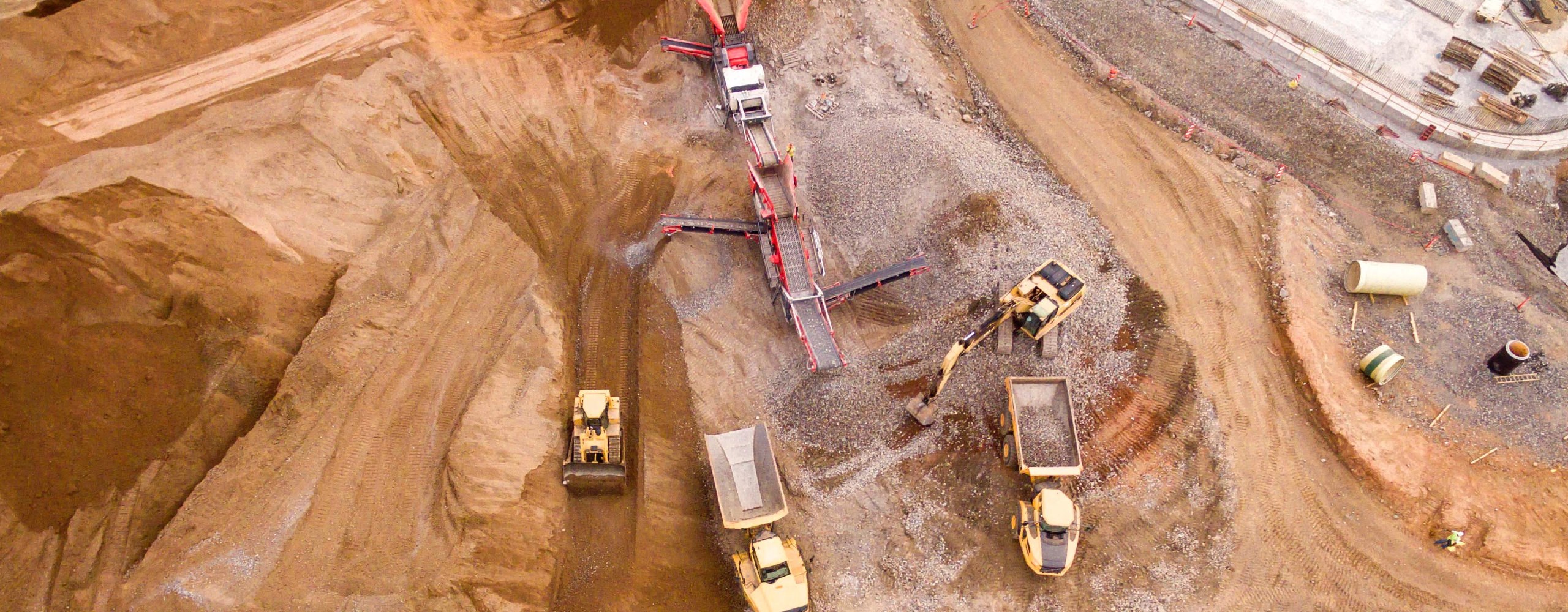
Itasca utilizes REBOP (Rapid Emulator Based On PFC) to simulate material drawdown within a block, panel, or sublevel cave mine by tracking the growth of draw zones (also called Isolated Movement Zones, IMZs) and corresponding fragmented rock flow associated with each drawpoint. The incremental laws governing IMZ growth and material movement in REBOP were derived on the basis of flow patterns observed in PFC3D and FLAC simulations of draw conducted by Lorig and Cundall (2000) and Pierce (2010) and in physical models conducted by a number of different researchers.
The key inputs to REBOP include fragment size distribution, initial and bulked porosity, friction angle and intact strength. The primary output from a draw analysis includes time- or tonnage-based histories of extracted ore grades and other rock properties, plots of material distribution above the drawpoints, and three-dimensional visualization of the movement and extraction zones associated with each drawpoint.
Secondary fragmentation, rilling, fines migration, and drawpoint hangups can be accounted for within REBOP simulations. The rilling logic and the ability to represent complex surface topography allow simulation of the impacts of local or large-scale failures in overlying open pit slopes or weak overburden. In addition to estimating recovery and dilution, the fragmentation exiting drawpoints can be tracked to predict hangup potential and associated drawpoint availability. In sublevel caves, the percentage of ring ore reporting to different sublevels can be tracked (i.e., primary, secondary, tertiary recovery) and tracer markers can be used to test the code against the results of in-situ marker trials.
Contact us for more information.

